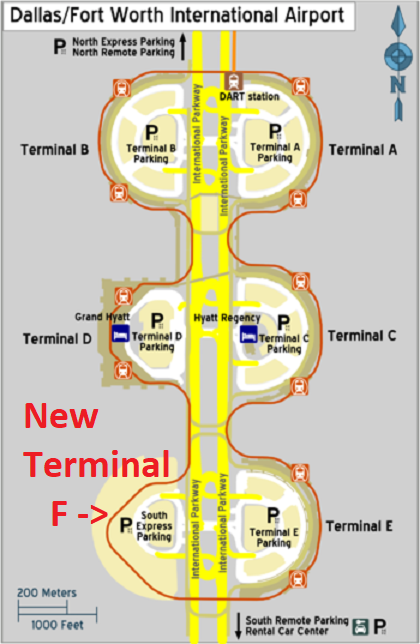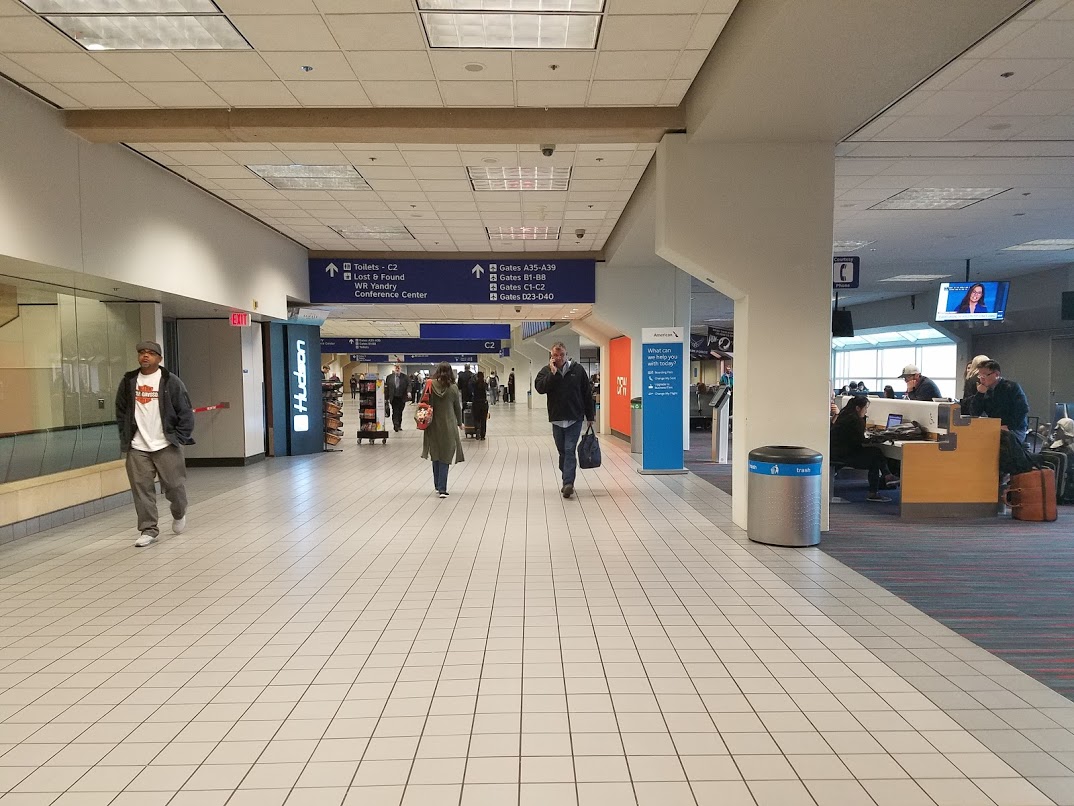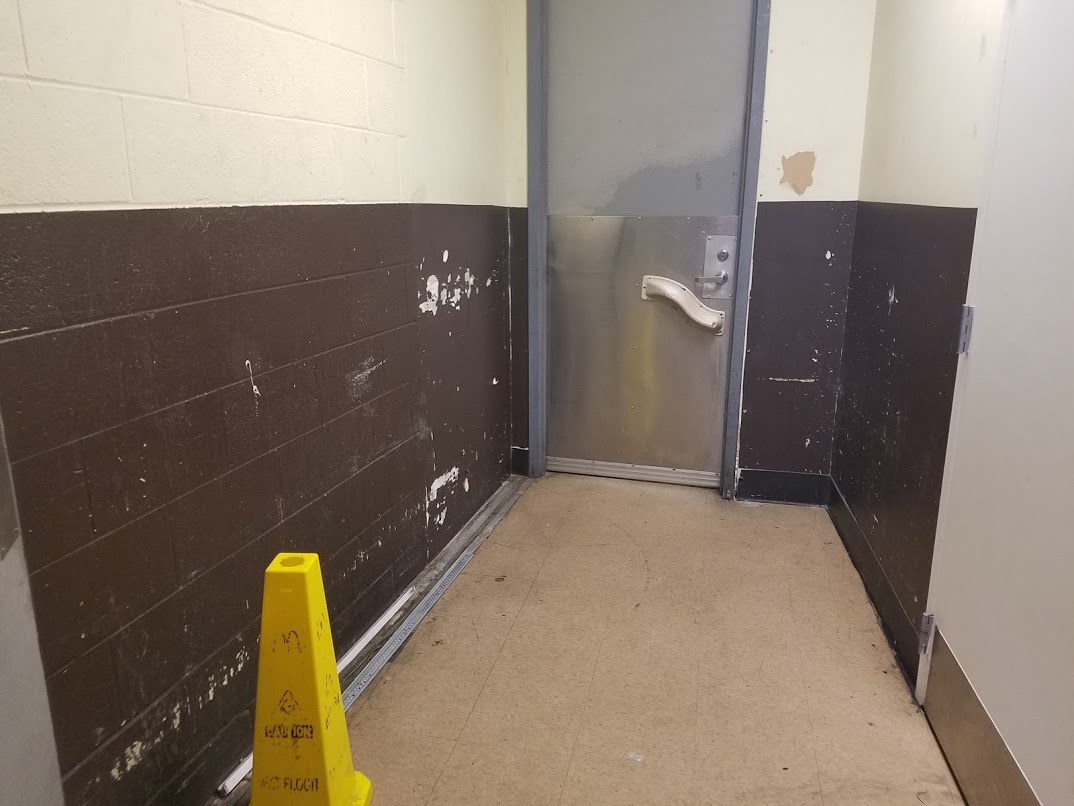American Airlines and Dallas Fort-Worth airport announced an agreement to support up to $3 to $3.5 billion for terminal improvements including piecemealing a new terminal F and refreshing terminal C.
The airport is in the midst of negotiating its new master lease, and American represents 86% of passenger traffic, so they have the lion’s share of say. (Indeed, together with their joint venture partners they’re able to exercise de facto control.)
Here’s where the new terminal will go:

The airline explains that the project provides for “phasing in the number of gates for Terminal F, with a long-term projection of up to 24 gates, as demand for additional facilities is warranted.” So the whole project won’t be done at once, only a down payment needs to be made. It could open as early as 2025, but don’t be surprised if that timeline slips since it has yet to be designed.
And the effort “utilizes innovative technologies to facilitate the movement of customers, maintain cost efficiencies for airlines and improve operational performance.” Even their release emphasizes that cost containment was a key driver here.
Meanwhile DFW airport is great for local passengers, with parking garages across from each terminal right by check-in desks and security close at hand. Connecting passengers take a train between terminals. For gates on the other side of the airport this can be time consuming. The terminal layout presents challenges moving mechanics and parts as well as luggage. So when they seek to “improve operational performance” that’s where they’re focusing on.
Past discussion of a new terminal reportedly centered on building it primarily focused on connecting passengers and without adjacent parking and perhaps without check-in facilities.
Dilapidated terminal C, which was supposed to be renovated along with A, B and E as part of the airport’s previous TRIP program, will see renovations “in line with” those other terminals including “redesigned check-in areas, larger security checkpoints, expanded concessions spaces, and improved lighting and flooring.” Since terminal work will be funded by bonds, the concession space means greater revenue and lower cost for the airlines.


In December the airport’s CEO suggested pouring the $1.5 billion needed to renovate terminal C was a bad idea because you’d still have a 50 year old facility. That airport wanted to build a new terminal F, tear down and replace terminal C. Now of course the airport and local politicians are solidly behind the plan, declaring victory, since it’s the best they were going to do.
Instead of a $1.5 billion investment in terminal C, what American agreed to was half a billion. The restrooms will not be renovated.
Still, this agreement is a victory for the airport and the region compared to a negotiating position where American wouldn’t support a new terminal at all and would just renovate terminal C (no bathroom work), adding stinger gates for expansion.


No need to renovate the restrooms. They don’t maintain them well and definitely don’t clean thoroughly. It would be a waste of money to renovate them because they would be nasty again in short time.
Glad I don’t have to fly through DFW anymore, it’s a wreck.
I like terminal C – warm tones and closer to what the design originally intended. A little museum for the glory days of AA and the Super 80s and Luxury Liners with the brown leather seats up front.
There’s a Pappadeaux and Chick Fil A so dining is covered.
DFW is better for connecting than originating/returning. Sure, parking is adjacent to each terminal for departing but if you return to a different terminal, it’s a hassle to return to your car.
Maybe they should replace the bathrooms with the Oasis lavs.
Wonder if they go on about cost containment on AA’s palatial new HQ in Dallas? Probably not since all those management-crats needs comfy offices and “green spaces” to think in.
Bite the bullets and invest in a major new terminal complex.
Build a terminal that will serve the region in the most efficient and fiscal manner.
Look at revamping the current terminal complexes and decide if this semi-circular is the best
efficient plan for the futur?
To not do so, diminishes the importance of DFW as a future business magnet and
ends up not seving the flying customer.